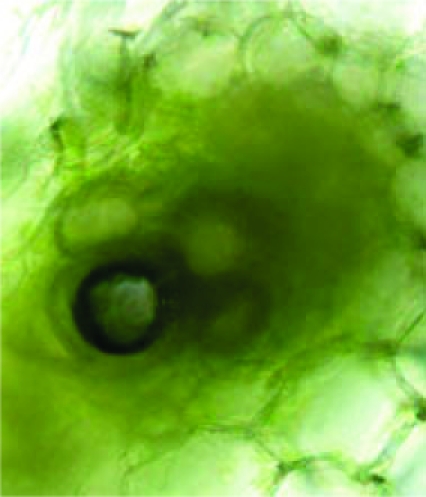Aquaporins and leaf movements (Botanical Briefing)
Leaf movements can be mediated by specialized pulvinar motor organs or by epinastic growth. Both are associated with faster rates of membrane water transport, which is often facilitated by aquaporins.
Uehlein and Kaldenhoff (pp. 1–4) summarize current research on the involvement of aquaporins in leaf movements.

Significance of isoprene emission (Invited Review)
Sunlit oak leaves emit approx. 2 % of photosynthesized carbon as isoprene. Sharkey et al. (pp. 5–18) evaluate the importance of isoprene emission for biosphere/atmosphere interactions and for the emitting plants themselves. They conclude that isoprene emission evolved many times to cope with short, high-temperature episodes and to protect against reactive oxygen species.
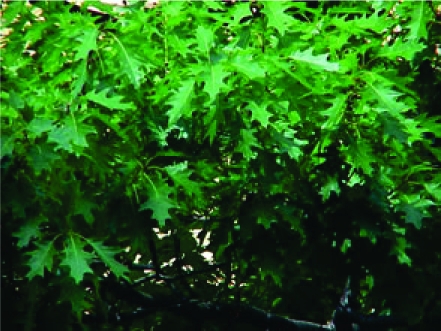
Plant light interception can be explained via computed tomography (CT) scanning
Dutilleul et al. (pp. 19–23) Present a plant light-interception model based on advanced processing of CT scanning data collected for developing canopies. Strong correlations obtained with fractal dimensions estimated from skeletonized three-dimensional images demonstrate that CT scanning data contain fundamental information about the canopy architecture geometry.
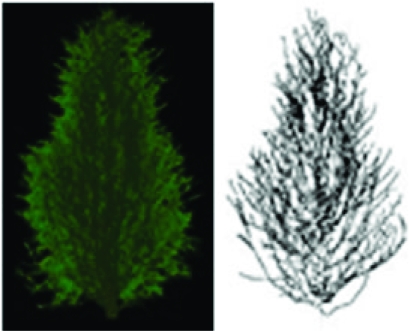
Polyploidy in the olive complex
Besnard et al. (pp. 25–30) demonstrate polyploidy in two wild olive taxa (subspp. cerasiformis and maroccana). Two polyploidizations appear to have played a major role in olive diversification in Macaronesia and South Morocco. Polyploidy is shown in relict subspecies, suggesting that polyploidization has been favoured to overcome inbreeding depression.

Storage of green coffee
When green-coffee storage is prolonged, coffee quality decreases markedly. Selmar et al. (pp. 31–38) demonstrate that biological causes of this deterioration are linked both to metabolic reactions in the living seeds and to post-mortem reactions. The parchment (endocarp) of coffee beans is shown to have a large effect on viability.

Floral development in Cedrela and Toona
Floral development of Cedrela and Toona, the genera comprising the basal tribe Cedreleae, is described by Gouvêa et al. (pp. 39–48). Patterns of floral development and apomorphic and plesiomorphic floral characters are established in relation to other taxa within the Meliaceae based on its current molecular phylogeny.
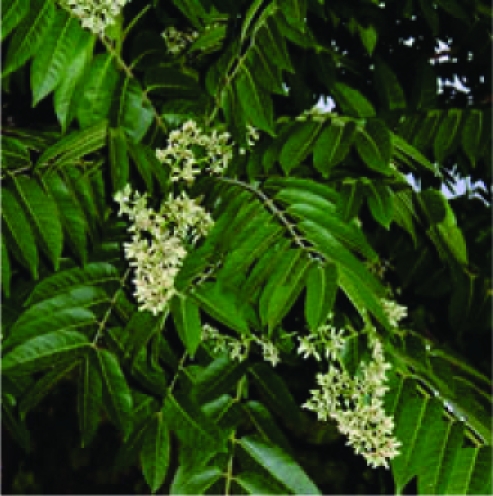
Tree growth via successive cambia: an ecological benefit?
Secondary growth via successive cambia was studied by Schmitz et al. (pp. 49–58) in the mangrove Avicennia marina. Radial increment of 80 trees was measured using cambial marking at eight study sites with contrasting environments. A patchy growth mechanism is proposed that offers the opportunity to form several growth layers simultaneously.
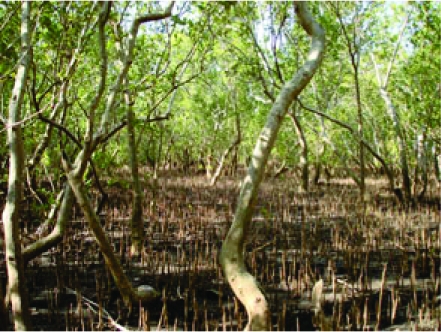
Ploidy and cytogeography of Pilosella officinarum
Mráz et al. (pp. 59–71) report on detailed sampling to establish boundaries of common occurrence of tetraploids and higher ploids and use published data to establish a general cytogeographic pattern for Europe. They conclude that P. officinarum (mouse-ear) is amphidiploid with a basic tetraploid level originating from hybridizations of diploid taxa from the section Pilosellina.
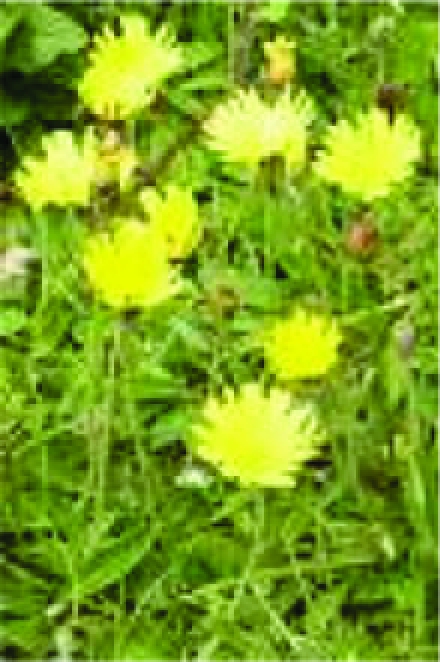
Genetics of eelgrass meadows in California and Mexico
Wetlands restoration and mitigation can require eelgrass transplantation (Zostera spp.). Coyer et al. (pp. 73–87) report that two eelgrass species and their hybrids are present off the coast of California. These may be unsuitable as source populations in transplant programmes because genotypic diversity is low in many pristine areas.
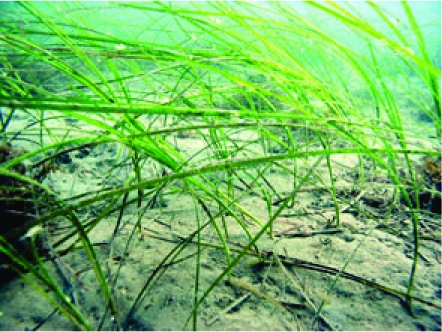
Sugar signalling regulates source activity in Saccharum spp
Shading experiments with sugar cane by McCormick et al. (pp. 89–102) indicate that sink demand limits source activity through kinase-mediated sugar signalling correlated with decreased source hexose and increased expression of photosynthetic and metabolite-transport genes. The signal feedback system is a potential target for future genetic manipulation to increase sugar cane sucrose yield.
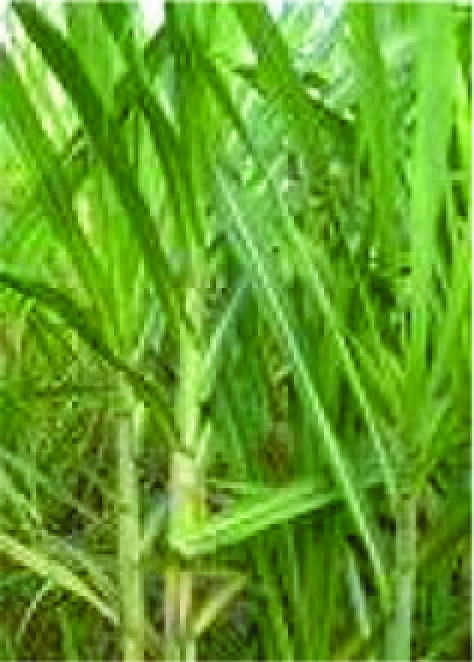
Responses to canopy gaps
Growth by Fagus grandifolia saplings is shown by Takahashi and Lechowicz (pp. 103–109) to be much faster than growth by Acer saccharum in both canopy gaps and in closed-canopy conditions. The co-dominance of these species is thought to be the outcome of other influences such as heterogeneity of moisture and fertility regimes within forested landscapes.
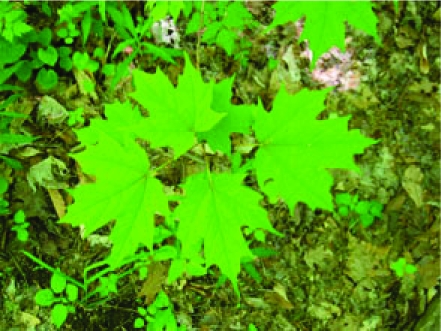
Phylogeny and biogeography of the genus Ainsliaea
Phylogeography of the genus Ainsliaea in the Sino-Japanese region is examined by Mitsui et al. (pp. 111–124) using three DNA data sets. They reveal major lineages of Ainsliaea corresponding to species distribution that originated approx. 1.1 MYA (early Pleistocene) and subsequently evolved independently in environmentally heterogeneous regions of eastern Asia.
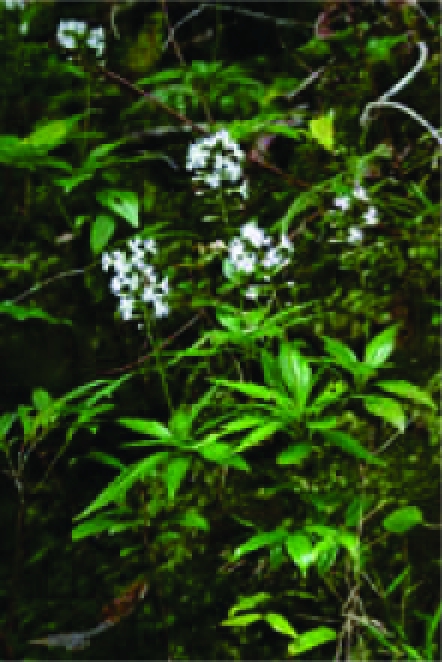
Floral nectary of Hymenaea stigonocarpa
Paiva and Machado (pp. 125–133) study the nectary of chiropterophilous H. stigonocarpa flowers during the different stages of floral development, with special emphasis on plastid dynamics, and observe the conversion of plastids into vacuoles. The extrastomatic body is described for the first time, and its function is possibly related to nectar resorption.

Rubisco synthesis in response to N influx
It is unclear whether Rubisco synthesis occurs if N flux in to senescent leaves is increased. Imai et al. (pp. 135–144) show that although Rubisco synthesis declines with senescence, leaves in late senescence retain an ability to synthesize Rubisco actively in response to increased N influx.
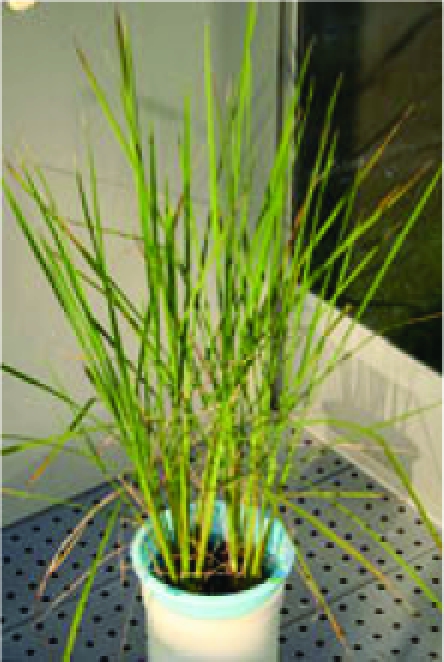
Patterns of polyploid co-existence in Arnica cordifolia
Kao (pp. 145–152) investigates the patterns of co-existence and molecular relatedness of polyploids in A. cordifolia. Broad- and local-scale sampling reveal many triploids and tetraploids. Habitat differentiation via roadside-understory separation is not supported as a coexistence mechanism. Instead, molecular analyses indicate multiple events creating triploids but reveal a lack of variation in tetraploids.
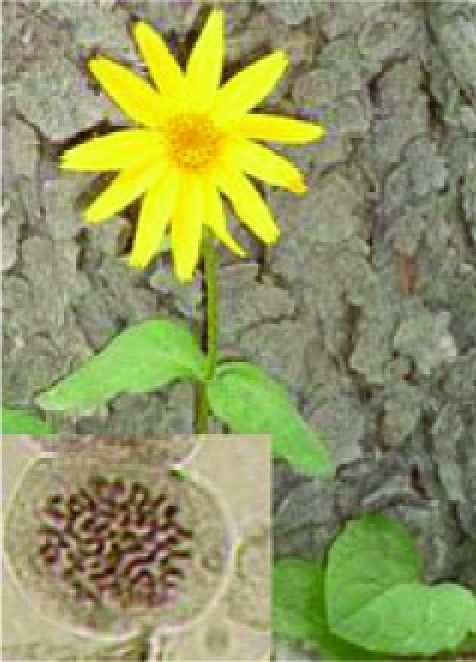
Evolution of angiosperm cotyledons
To assess the evolutionary implications of the recent reclassification of Hydatellaceae spp. as dicots, the micro-morphology of seedlings of six species representing all eco-geographical groups of the Hydatellaceae is presented by Sokoloff et al. (pp. 153–164). They conclude that the seedling sheath of some Hydatellaceae can be equated to the two united cotyledons of water lilies.
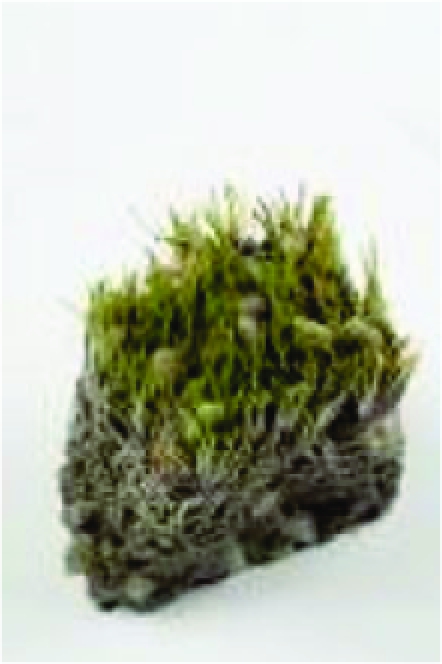
Water content components, desiccation and recovery in Sphagnum
Although Sphagnum mosses contain large amounts of extracellular water, Hájek and Beckett (pp. 165–173) measure other parameters of hydration such as cytoplasmic water, osmotic potential, turgor-loss point and cell wall elasticity. These parameters are linked to desiccation tolerance and to ecological preferences of five Sphagnum species.
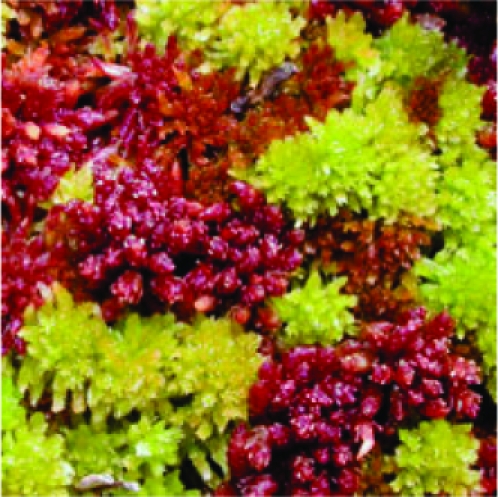
Nurse plants vs. nurse objects
Munguía-Rosas and Sosa (pp. 175–185) examine mechanisms underlying plant- and object-facilitated establishment of the columnar cactus Pilosocereus leucochephalus. They identify seed–seedling conflicts and conclude that nurse objects offer the best opportunity to secure seed permanence, while nurse plants are better for ensuring seedling survival.
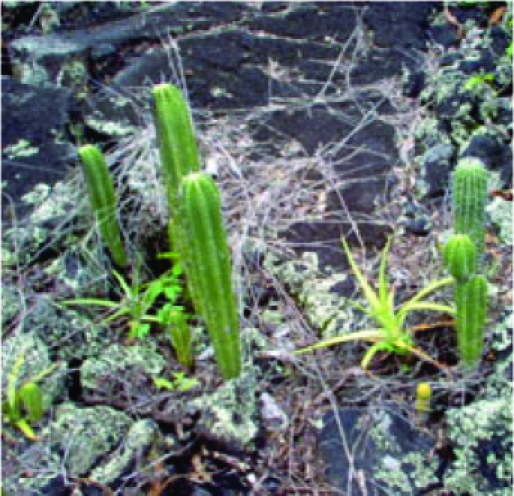
Nanoparticles as smart treatment-delivery systems (Technical Article)
Nano-devices directing small particles into living organisms were used first in medical research. González-Melendi et al. (pp. 187–195) report that penetration and translocation of magnetic nanoparticles is also possible in whole living plants. This opens up a wide range of possibilities for use in plant research and agronomy.
